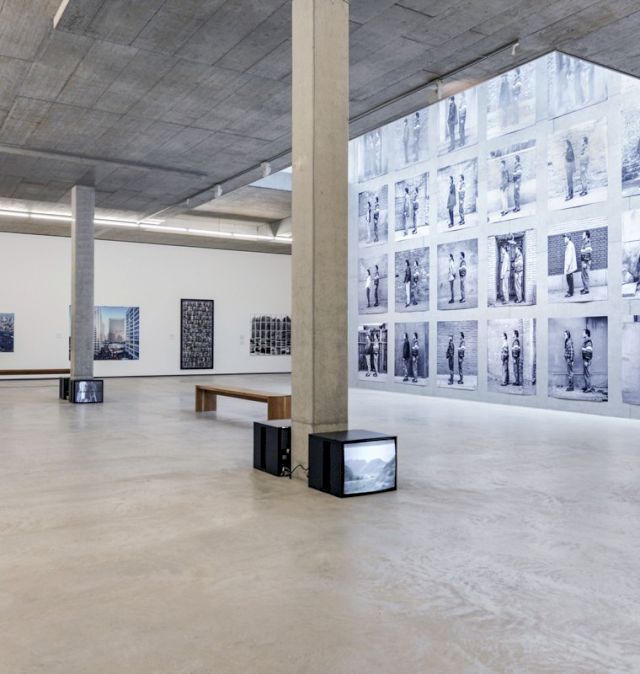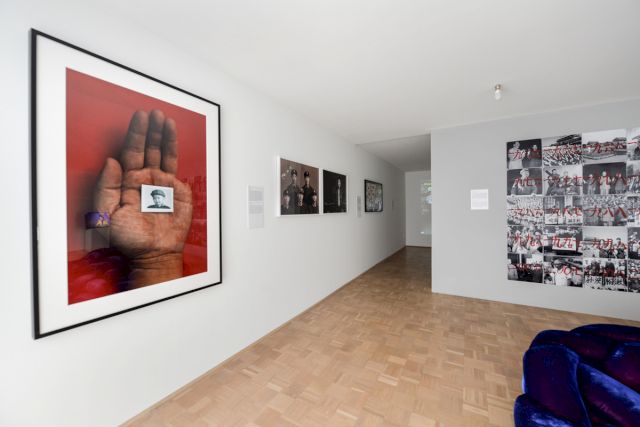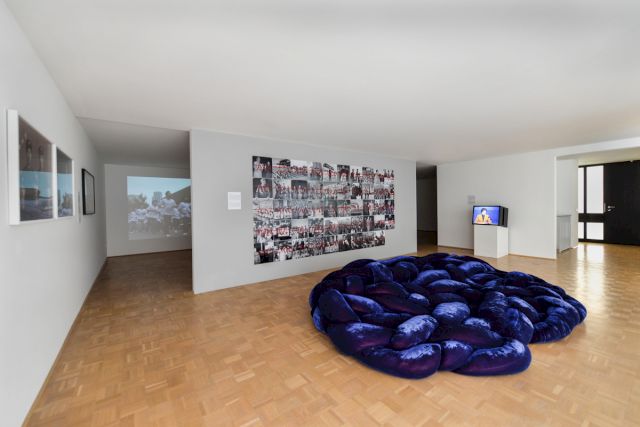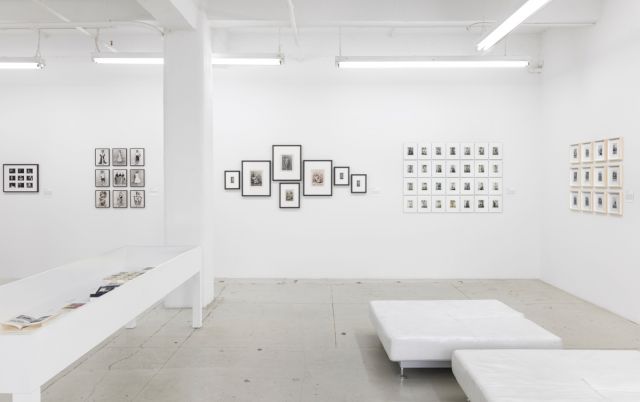BMW Art Guide by Independent Collectors
The Walther Collection
Inside and Outside the Frame – Neu Ulm, Germany

Describing the beginnings of his interest in collecting contemporary African photography in an interview with Brazil’s SP-Arte, Artur Walther, the founder of the Walther Collection, said the following, “It was a difficult step to move beyond what is familiar to me”. It was a step Walther took nonetheless, and, in doing so, demonstrated a defining feature of his approach to collecting art: a determination to see collecting as a form of education rather than a mere pastime. “I struggled with each individual picture,” Walther tells the interviewer, “I had to get out of myself and my preconceptions, borders, and limits”. The words Walther uses, “struggle”, “difficult”, “limits”, “borders”, are not words that one might immediately associate with art collecting, but, as Walther has explained other interviews, collecting is not about simply amassing a horde of objects, but about research and context, discovering why an image is significant, and what it may tell viewers about the time in which it was taken as well as the present.

Walther’s collection of photographs, consisting of hundreds of images spanning the early days of photography to the contemporary moment, crosses a number of boundaries in time, place, and culture, and, therefore, they depict a vast, irreducible array of cultural discourses. Walther’s interest in what he calls “vernacular” photography, photographs made without artistic intent, but rather, sociological, historical, or, in some cases, medical ends in mind, further enriches the chains of association the images he collects evoke and charges the works with the troubling undercurrents of history. Walther’s interest in African photography provides a powerful example of this feature of his collection. An exhibition at the Walther collection’s New York City project space entitled “Distance and Desire: Encounters with the African Archive”, for instance, featured works by Alfred Martin Duggan-Cronin, who compiled an 11-volume opus known as The Bantu Tribes of Southern Africa alongside works by the contemporary South African photographer and archivist, Santu Mofokeng. Seen together, the distance between the history of photography in Africa and “African photography” becomes intensely, painfully visible. The worlds Duggan-Cronin depicts, with an essentially “othering” eye, are undermined by his very presence - Duggan-Cronin found himself in South Africa as an employee of the diamond company, De Beers, and his work as a “security guard” almost certainly entails that he played a role in facilitating the disappearance of the cultures his images purport to depict. This double-edged quality in photographs, described in an article on works from the Walther Collection by Stephanie Baptiste in 2013 as a process of simultaneous “invention and de-invention”, is perhaps one of the most powerful aspects of Walther’s approach to collection and exhibition. The engagement of sensitive and serious-minded curators like Tamar Garb and Okwui Enwezor for exhibitions ensures that Walther’s photographs are not accepted simply at face value; indeed, this is perhaps the great imperative of Walther’s collection, the determination to see beneath the surface and the edges of the images presented as “neutral” - neutrality being possibly the most distorting perspective of all.

Walther’s time in America during his career in banking has also left a profound influence on his collection which includes Richard Avedon portraits of complicated icons of American history, not least the enigmatic portrait of the future president, George Herbert Walker Bush, during his time as CIA director. Weathered, unsmiling, Bush’s apparent skepticism of Avedon’s gaze would seem to look into a future defined by his own ambiguous relationship with transparency and openness. The viewer, as ever, is as much the subject matter of a photograph as the image it depicts, and this struggle to come to terms with images from other times, cultures, and locations, as, for example, in the images of African hairstyles depicted in J.D. ‘Okhai Ojeikere’s works, or even the stolid literalism of the works of Walther’s compatriots, Bernd and Hilla Becher, which seem to deconstruct their own apparent objectivity, belongs as much to those who visit the Walther Collection’s symphonically curated, cavernous exhibition space in Neu-Ulm or New York as to the collector himself. A photograph is always the site of a struggle, the Walther Collection reminds its audiences, but the struggle is often a site where tremendous beauty is born.

William Kherbek is the writer of the novels ULTRALIFE and Ecology of Secrets. Four collections of his poetry have been published, the latest of which are 26 Ideologies for Aspiring Ideologists (If a Leaf Falls Press) and Everyday Luxuries (Arcadia Missa).
All images courtesy The Walther Collection
More Information on The Walther Collection